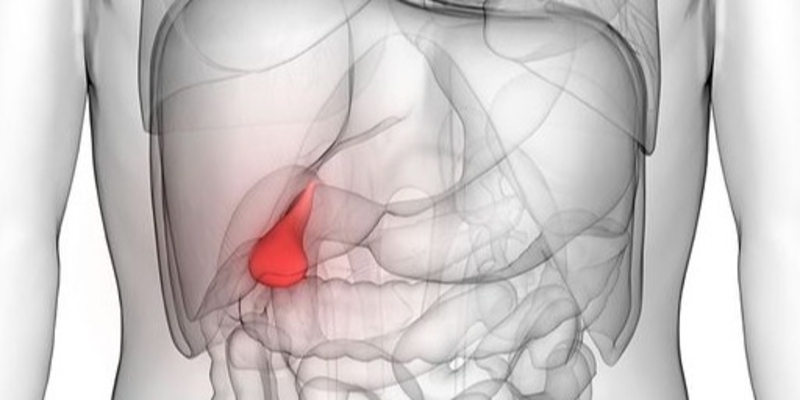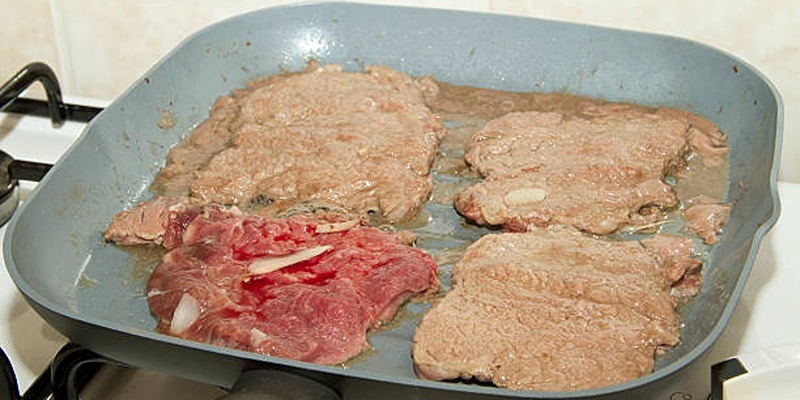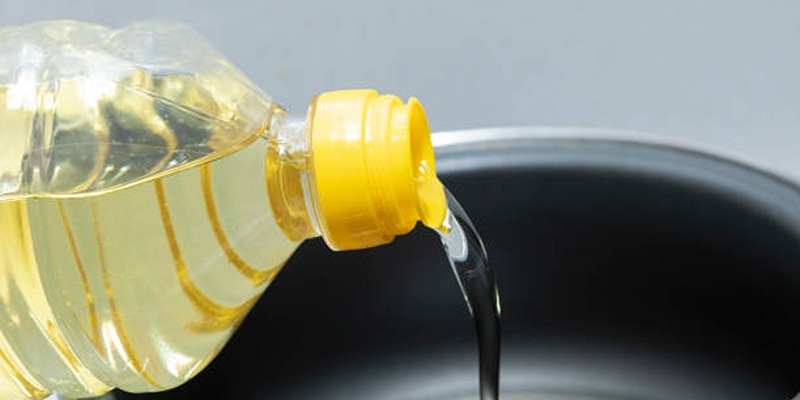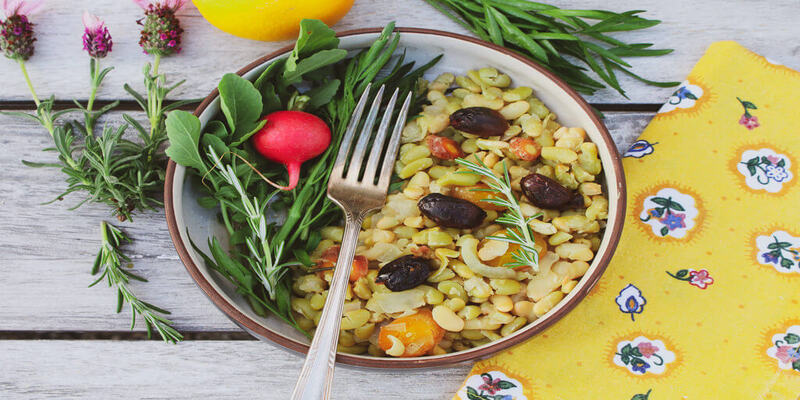Baked kale has become a popular health food, known for its crunchy texture and rich nutrient content. However, questions often arise about how cooking methods, such as baking, affect its nutritional value. Kale is packed with vitamins A, C, and K, along with an array of antioxidants and fiber. The process of baking kale might alter these nutrients, potentially diminishing some of its health benefits. This article will explore whether baked kale retains its powerhouse status or if its nutrient profile is compromised by the heat. Understanding the impact of baking on kales nutrients is essential for making informed dietary choices, especially for those looking to maximize the health benefits from this leafy green superfood.
Nutritional Profile of Raw Kale
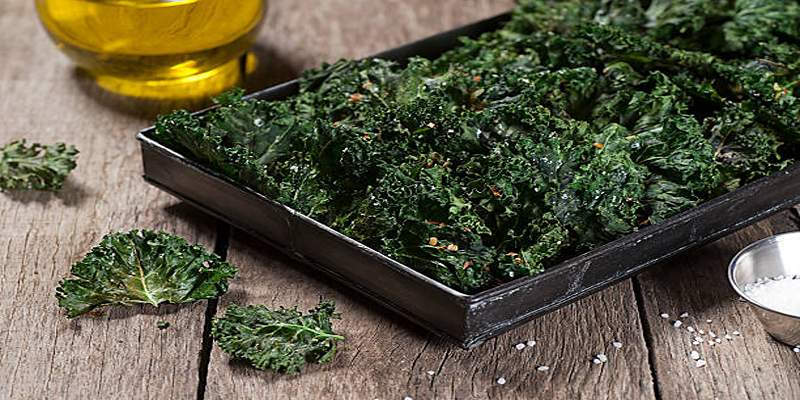
Kale is a member of the cruciferous vegetable family, which also includes broccoli, cabbage, and cauliflower. These vegetables are known for their high nutrient density and numerous health benefits.
Raw kale is an excellent source of vitamin A, providing over 200% of the daily recommended intake in just one cup. Vitamin A is essential for maintaining healthy vision, immune function, and cell growth. Additionally, kale is rich in vitamin C, with one cup providing more than 100% of the daily recommended intake. Vitamin C is known for its antioxidant properties, which can help protect cells from damage and boost immune function. Kale also contains significant amounts of vitamin K, which plays a crucial role in blood clotting and bone health.
Aside from vitamins, kale is also a good source of minerals, including calcium, magnesium, and potassium. Calcium is essential for strong bones and teeth, while magnesium and potassium support nerve function and muscle contraction. Additionally, kale is high in fiber, making it beneficial for digestive health.
The Impact of Baking on Kales Nutrients
While raw kale has an impressive nutrient profile, the process of baking it may alter these nutrients. Cooking can break down some vitamins and minerals, diminish antioxidant levels, and reduce fiber content.
A study published in the journal Food Chemistry compared the nutrient profiles of raw kale to steamed and boiled kale. The researchers found that boiling had a more significant impact on nutrient retention than steaming. However, both methods resulted in a decrease in vitamin C by 60-70% and a decrease in vitamin A by 40-50%. On the other hand, mineral retention was not significantly affected by cooking.
Baking kale at high temperatures could also lead to some nutrient loss. A study published in the Journal of Food Science found that baking kale at 375F for 20 minutes resulted in a decrease in vitamin C by 35% and a decrease in antioxidant levels by 92%. However, this same study also reported an increase in carotenoid levels, which are beneficial antioxidants found in kale.
Maximizing Nutrient Retention when Baking Kale
While baking may result in some nutrient loss, there are ways to minimize this impact and still enjoy the benefits of baked kale. Firstly, it is important to avoid overcooking or baking at high temperatures for extended periods. This can lead to a more significant nutrient loss, especially for heat-sensitive vitamins like vitamin C.
Additionally, combining kale with other foods rich in vitamins and minerals can also help boost its nutrient content. For example, adding citrus fruits high in vitamin C or nuts high in magnesium can increase the overall nutritional value of a baked kale dish.
Lastly, choosing the right cooking method is crucial. As seen from the study, steaming may be a better option for retaining nutrients compared to boiling or baking at high temperatures. Steaming allows for shorter cooking times and less exposure to heat, resulting in minimal nutrient loss.
Factors Influencing Nutrient Retention
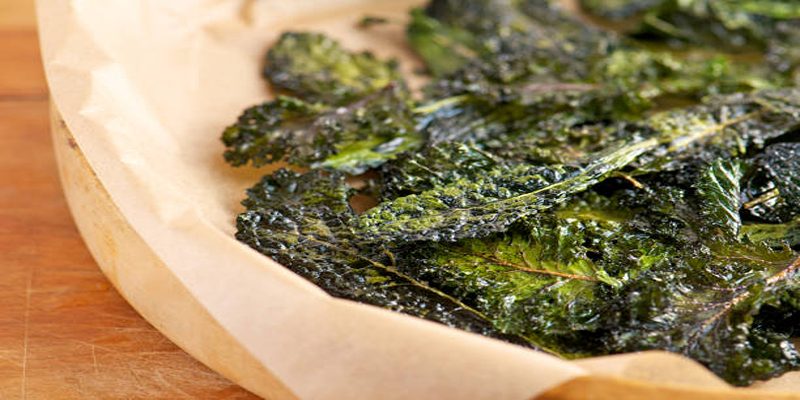
Aside from cooking methods, several factors can also influence the nutrient retention of baked kale. These include the age, variety, and storage conditions of kale.
Freshly harvested kale may have a higher nutrient content compared to older or pre-cut kale due to natural degradation over time. Additionally, different varieties of kale may have varying nutrient levels. For example, curly kale is known for being rich in antioxidants, while lacinato (or dinosaur) kale has higher vitamin K levels.
Proper storage is also crucial for preserving nutrients in kale. Exposure to light and air can lead to nutrient loss over time, so it is best to store kale in an airtight container in the fridge and consume it within a few days of purchase.
Benefits of Baked Kale
Despite the potential for nutrient loss during the baking process, baked kale still offers several remarkable health benefits.
- It retains a significant amount of its mineral content, including calcium, magnesium, and potassium, which are essential for bone health, nerve function, and muscle contraction.
- Vitamins, such as vitamin C, may diminish, baked kale still provides a good source of vitamin K, which is vital for blood clotting and bone health.
- The fiber content in baked kale remains beneficial for digestive health. Fiber aids in maintaining bowel regularity and prevents constipation.
- The increase in carotenoid levels observed in baked kale should not be underestimated. Carotenoids, such as beta-carotene, are precursors to vitamin A and have potent antioxidant properties. These compounds can help protect against chronic diseases by neutralising free radicals in the body.
Therefore, while baking may alter some nutrients, it also enhances certain beneficial components, contributing to a well-rounded and nutritious diet. So, enjoy your baked kale guilt-free knowing that it still offers an impressive array of health benefits.
Conclusion
Raw kale is a nutrient-dense powerhouse, providing a range of vitamins, minerals, and antioxidants. While baking may result in some nutrient loss, there are ways to minimize this impact and still enjoy the many health benefits of kale. By choosing the right cooking method, combining it with other nutrient-rich foods, considering factors like age and storage conditions, and being mindful of cooking temperatures and times, you can maximize the nutrient retention when baking kale. So next time you bake some kale chips or add baked kale to a dish, remember that it may have undergone some changes but is still incredibly beneficial for your health.
